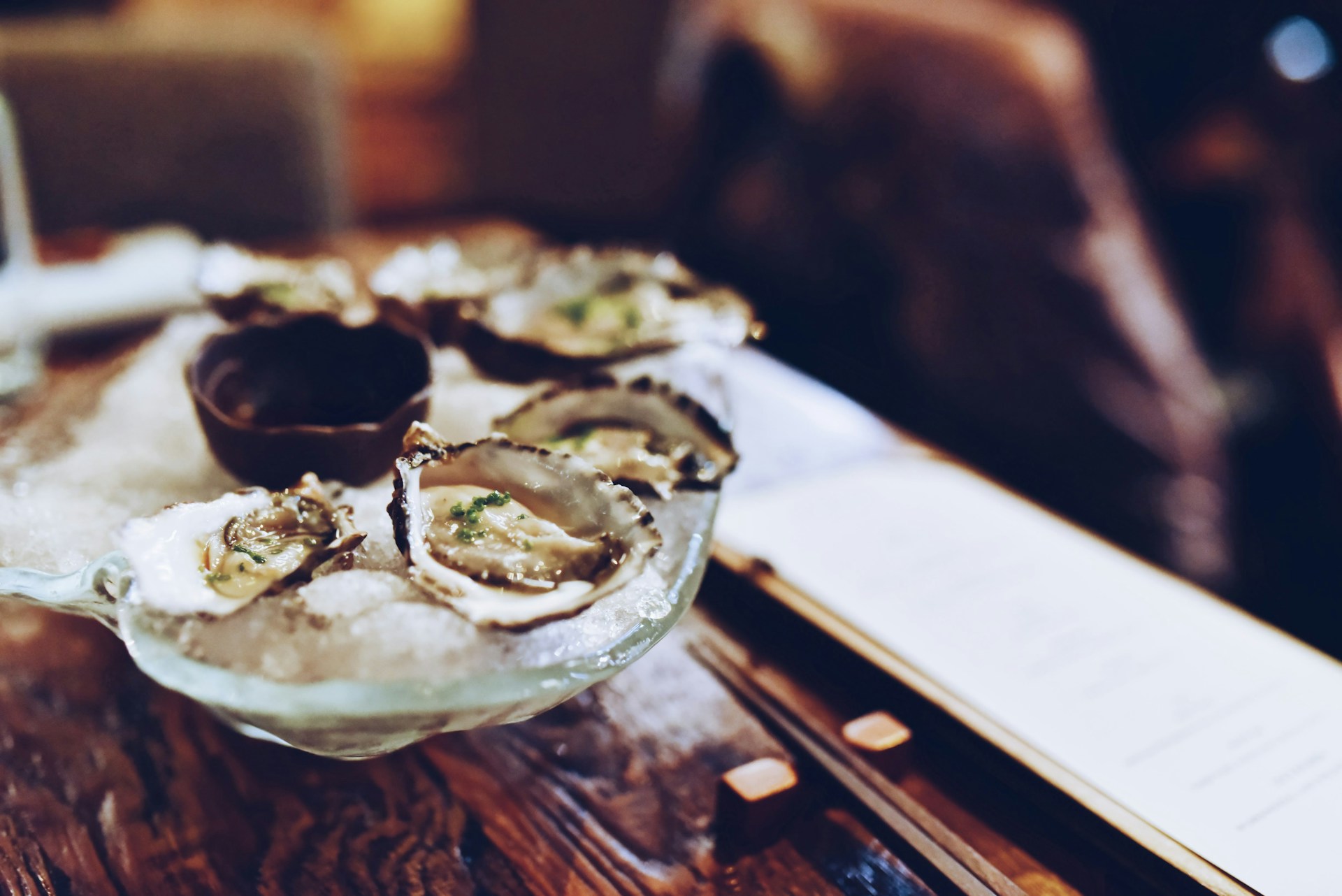Health
FDA Alerts 8 States to Steer Clear of Specific Shellfish Due to Toxin Risk

As the summer season begins, many of us are excited to indulge in the variety of fruits, vegetables, and seafood that become available. However, for those of us who are partial to a bit of shellfish, a recent alert from the U.S. Food and Drug Administration (FDA) might put a damper on those plans. The FDA is actively cautioning residents of eight specific states to steer clear of certain shellfish types due to potential contamination and the possible risk of shellfish poisoning.
In a public service advisory issued on June 5, individuals residing in Arizona, California, Colorado, Hawaii, Nevada, New York, Oregon, and Washington were warned to eschew oysters and bay clams from growing areas in Netarts Bay and Tillamook Bay, Oregon, that were harvested from May 28 onwards. Additionally, they were instructed to avoid all shellfish species from areas in Willapa Bay, Washington, including Stony Point, Bay Center, and Bruceport, harvested from May 26 onwards.
While these shellfish were primarily distributed to restaurants and retailers within those eight states, the FDA adds a note of caution, saying that they “may have been distributed to other states as well.” The alert was precipitated by worries that these shellfish might be infected with saxitoxins or paralytic shellfish toxins (PSTs), both classified as neurotoxins.
This contamination happens when molluscan shellfish ingest marine algae containing these naturally occurring toxins. Shellfish clear the toxins at varying rates, and thus, the risk to human health is heightened for those that take longer to rid themselves of the toxins. Consumption of shellfish tainted with such toxins can lead to paralytic shellfish poisoning (PSP).
According to a PBS News Hour report, at least 31 individuals in Oregon have fallen ill after eating such contaminated shellfish.
Should you contract PSP, symptoms typically manifest within half an hour of consumption. These symptoms vary, ranging from “tingling of the lips, mouth, and tongue to respiratory paralysis and may include these other symptoms: numbness of arms and legs, ‘pins and needles’ sensation, weakness, loss of muscle coordination, floating feeling, nausea, shortness of breath, dizziness, vomiting, and headache,” states the FDA alert.
The Washington State Department of Health (DOH) cautions that anyone who consumes infected shellfish is at risk of illness or even death. However, if patients manage to survive for 24 hours with or without respiratory support, “the prognosis is considered good,” according to the FDA. In these cases, PSP doesn’t pose the threat of lasting side effects. However, when PSP is fatal, death typically results from asphyxiation.
The FDA alert advises, “Due to the range in severity of illness, people should consult their healthcare provider if they suspect that they have developed symptoms that resemble paralytic shellfish poisoning.” No antidote is currently available for PSP, and treatment usually involves respiratory support and fluid therapy.
The FDA also highlights the fact that food containing these toxins often looks, smells, and tastes normal, and the toxins aren’t neutralized when the shellfish are cooked or frozen. Individuals who consumed Oregon shellfish from May 13 onwards are urged to complete a survey to aid investigators in gauging the extent of the outbreak, according to a May 31 press release from the Oregon Health Authority.
While the primary concern is illness, this outbreak could also have significant implications for the Pacific Northwest fisheries. The shellfish industry in this region brings in an estimated $270 million annually as per PBS News Hour.
In response to this outbreak, Oregon authorities have imposed a complete ban on the harvesting of mussels, razor clams, and bay clams along the entire coastline. Commercial oyster harvesting has also been halted in three Oregon bays. Similarly, Washington officials have closed off the state’s Pacific coastline to shellfish harvesting. It is expected to take weeks, months, or possibly even a year for toxin levels to decrease, due to the varying rates at which different shellfish detoxify.
This level of PSP is the highest recorded in Oregon since 1992 when a similar harvesting closure had been enforced, PBS News Hour reports.
Let us know what you think, please share your thoughts in the comments below.
